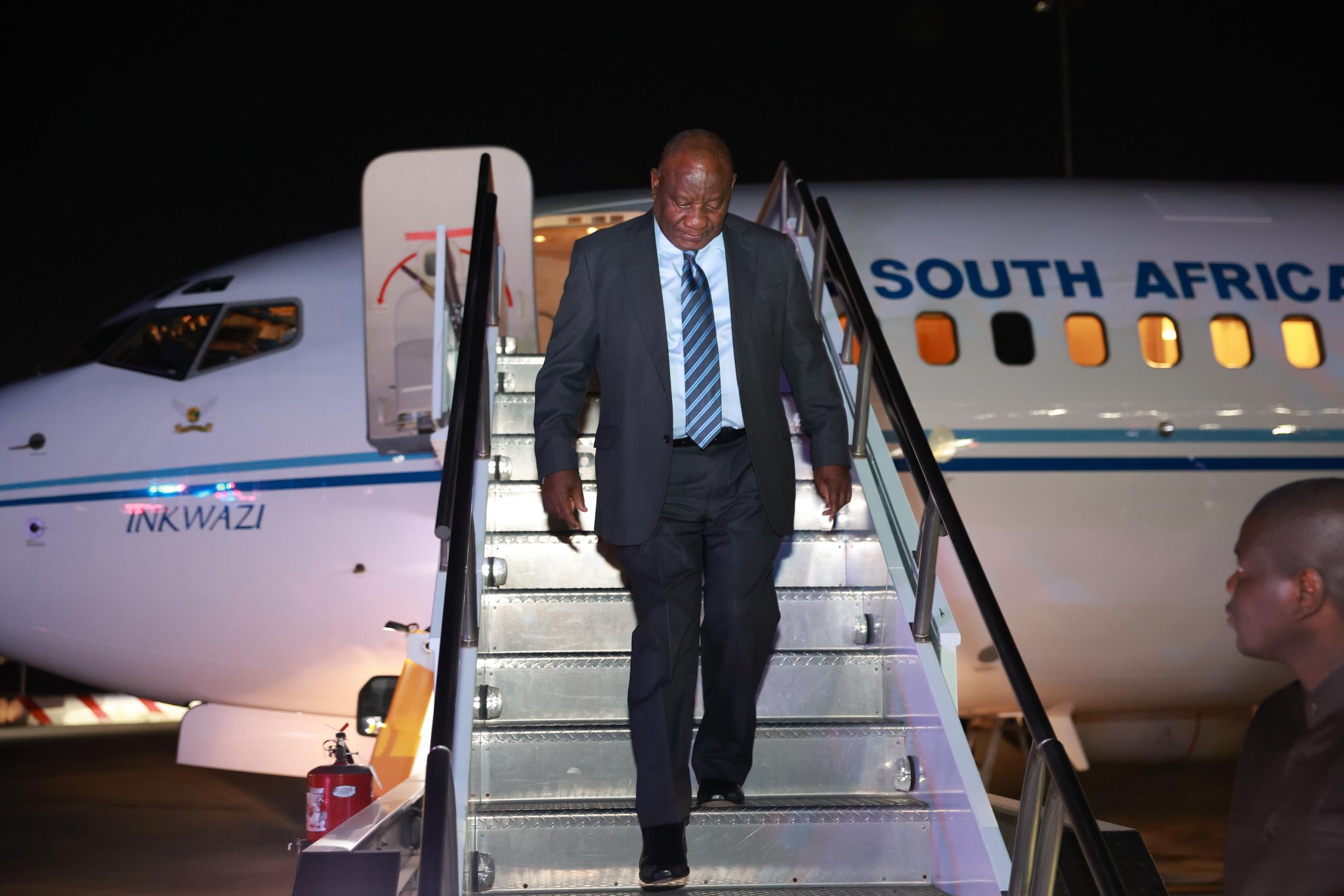Anti-Government Protests Erupt in Lima, Peru: Clashes with Police Leave Dozens Injured
Anti-government protests in Lima, Peru, escalated over the weekend, resulting in clashes between demonstrators and police. The protests, primarily led by youth groups known as "Generation Z," are fueled by discontent with President Dina Boluarte's government and Congress, citing corruption, rising crime, and controversial pension reforms. At least 19 people, including police officers and journalists, were injured during the demonstrations.
Escalation of Protests and Clashes
Hundreds of protesters marched towards government buildings in downtown Lima on both Saturday and Sunday. The demonstrations were met with a heavy police presence. Groups of young people reportedly threw stones, firebombs, and fireworks at law enforcement, who responded with tear gas and rubber bullets. The National Human Rights Coordinator (CNDDHH) reported that 18 civilians, including a journalist, were injured during the clashes.
A police statement indicated that one officer suffered first-degree burns from a Molotov cocktail. The CNDDHH has criticized the police response, stating that the use of tear gas and rubber bullets was unjustified. A lawyer for the CNDDHH, Mar Perez, called on the police to respect the right to protest.
Underlying Causes of Unrest
The protests are driven by a number of factors. A significant trigger was a law passed on September 5 requiring young people to contribute to private pension funds, despite high job insecurity and an unofficial employment rate exceeding 70%. Demonstrators also cite concerns about corruption within the government and Congress, as well as a surge in violence, extortion, and murders by organized crime groups.
“We are marching against corruption, for life, and against the crime that is killing us every day,” said Adriana Flores, a 28-year-old engineer who participated in the protests. Transport workers have also joined the demonstrations, alleging that the government is not doing enough to combat extortion, particularly by gangs like the Tren de Aragua.
Political Context and Future Outlook
President Boluarte's approval ratings have plummeted as her term nears its end in July 2026. Similarly, Congress faces widespread disapproval due to perceptions of corruption. The ongoing unrest highlights the deep-seated frustrations and challenges facing Peru, with no immediate resolution in sight.
| Issue | Description |
|---|---|
| Government Approval | President Boluarte and Congress face low approval ratings. |
| Pension Reform | New law mandating contributions to private pension funds is unpopular. |
| Organized Crime | Rising violence and extortion fuel public discontent. |
| Police Response | Police tactics criticized by human rights groups. |
The protests show the growing awareness among younger generations in Peru. Jonatan Esquen, an 18-year-old student, said the protests mark "the beginning of an awakening, as people are finally realizing that young people are more active on social media and in the political arena."
 Visit the website
Visit the website




